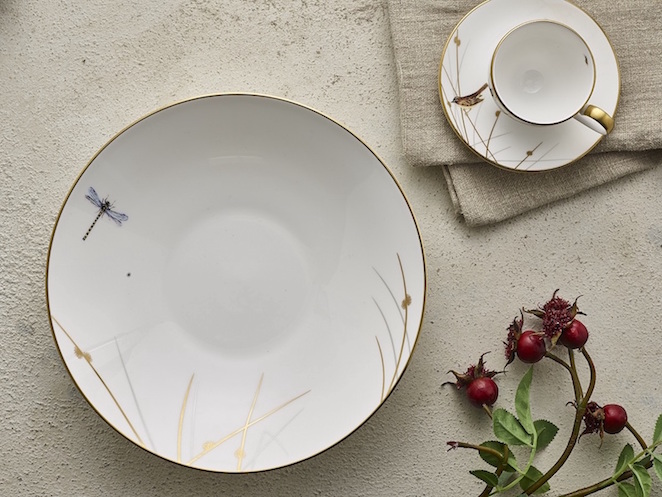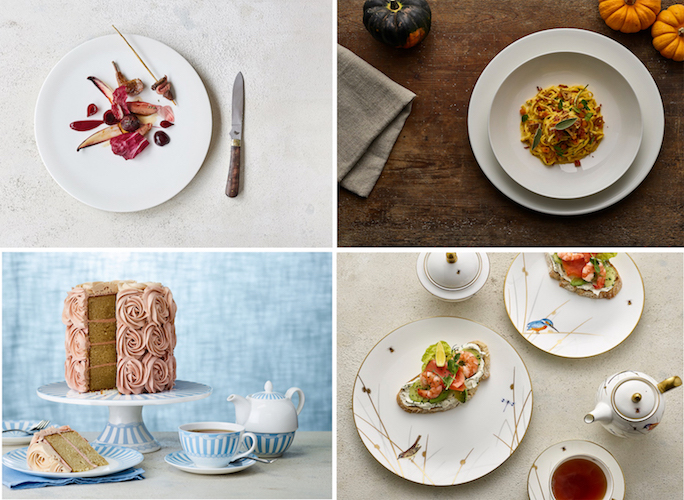So, What's the Difference between Fine Bone China, Bone China & Porcelain?
The History
The first bone china was developed in Stoke-on-Trent over 220 years ago. This area, now referred to as ‘The Potteries’, is where the William Edwards Home factory resides, and where the same traditions and skill sets that have been in place for over three centuries continue to this day. As technological advances have developed and improved the quality of both porcelain and bone china, one small difference can create a large and influential change to china itself.
What is Porcelain?
Porcelain is a combination of feldspar, quartz and kaolin. These materials are fired in a kiln at temperatures up to 1400°C, resulting in a hard, white, non-porous pottery. Compared to bone china, porcelain tends to be significantly heavier and more brittle, which can lead to chipping.
Bone china, also composed of kaolin, feldspar and quartz, has the greatest strength and resilience of all ceramics with the addition of bone ash to its raw materials. The texture and appearance is opaque, and its colour is snow white.
What is Fine Bone China?
The quality of bone china is determined by the total amount of bone ash included in the raw materials. High quality fine bone china contains at least 30% bone ash, enabling thin, walled pieces to be made with a more delicate appearance and translucency compared to porcelain, and allowing for greater chip resistance and durability.
After years of practice, William Edwards has perfected the craftsmanship of fine bone china, demonstrating all of its superior characteristics.
Want to find out more about how fine bone china is designed and produced? Read the blog here.
Shop our collection of fine bone china here.



